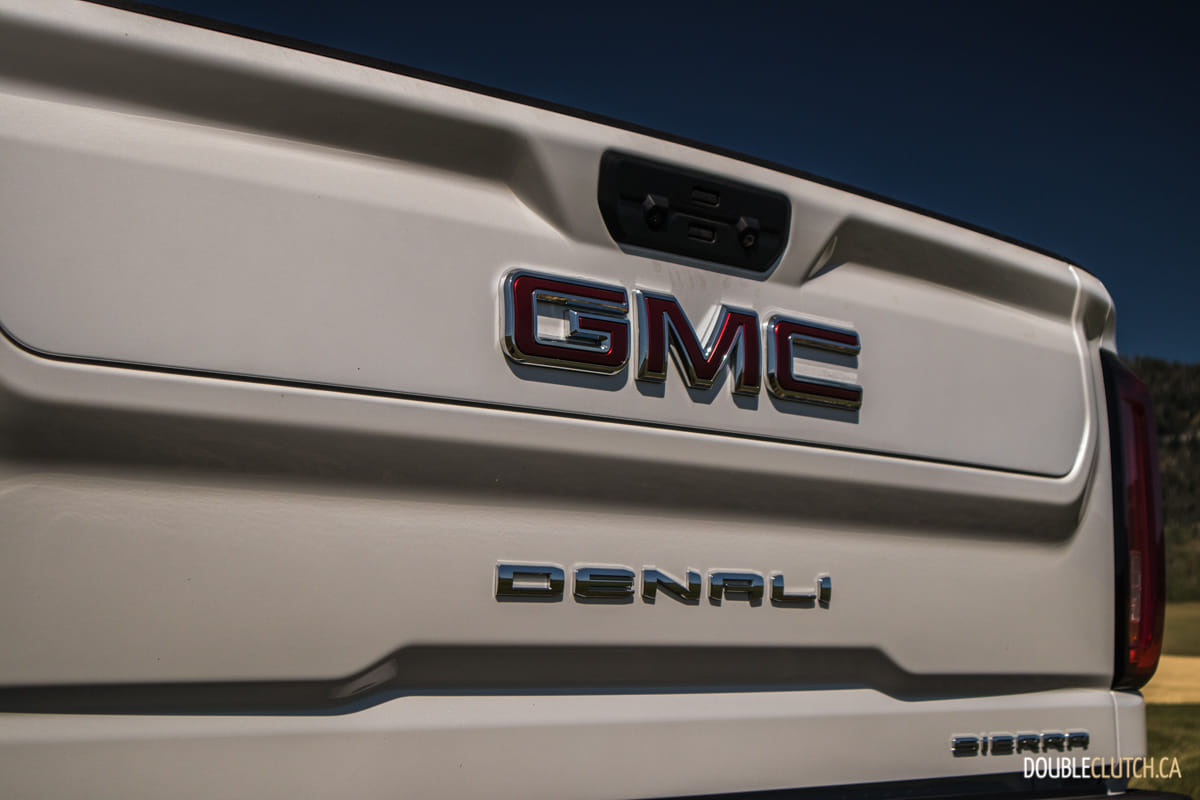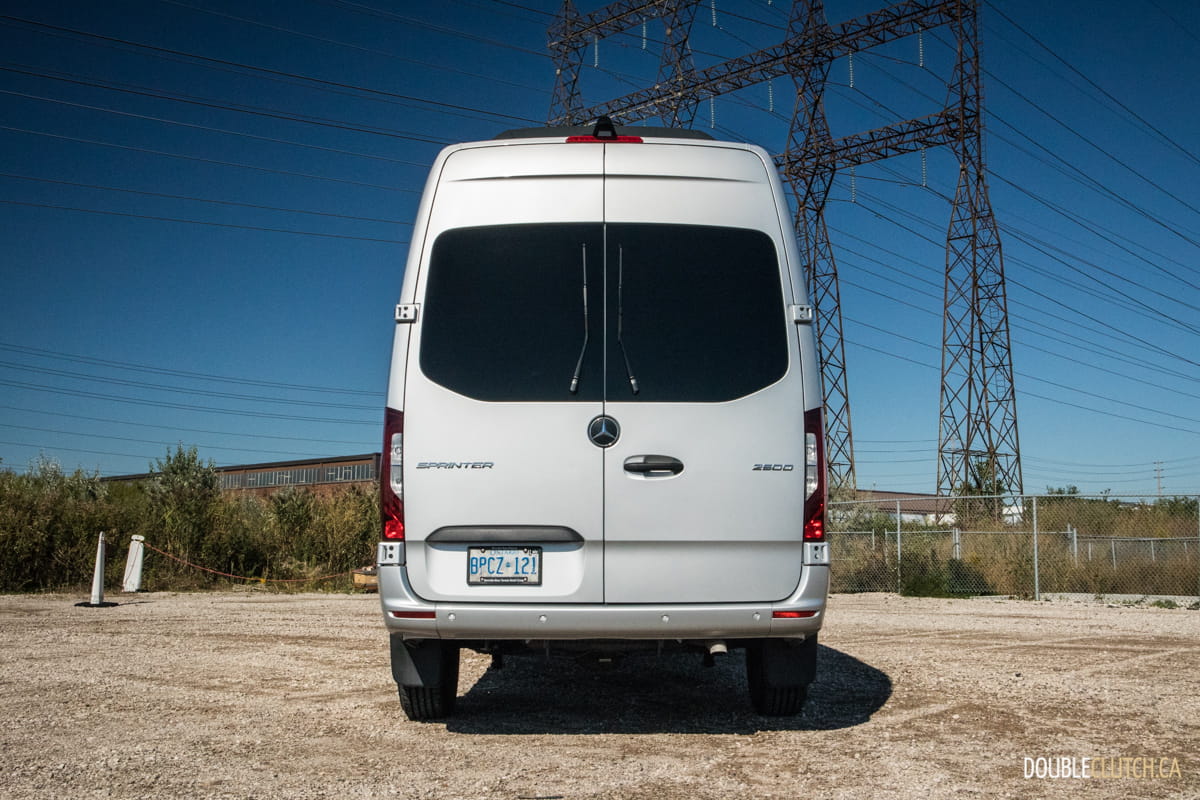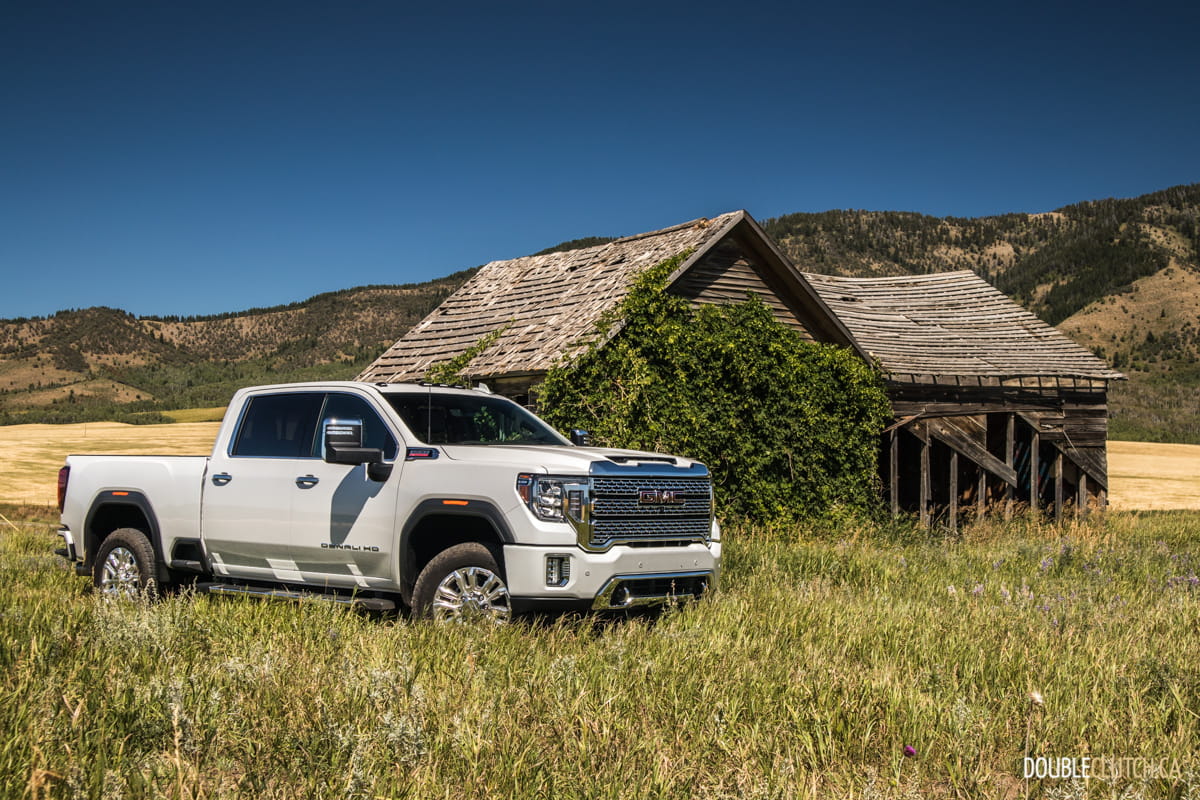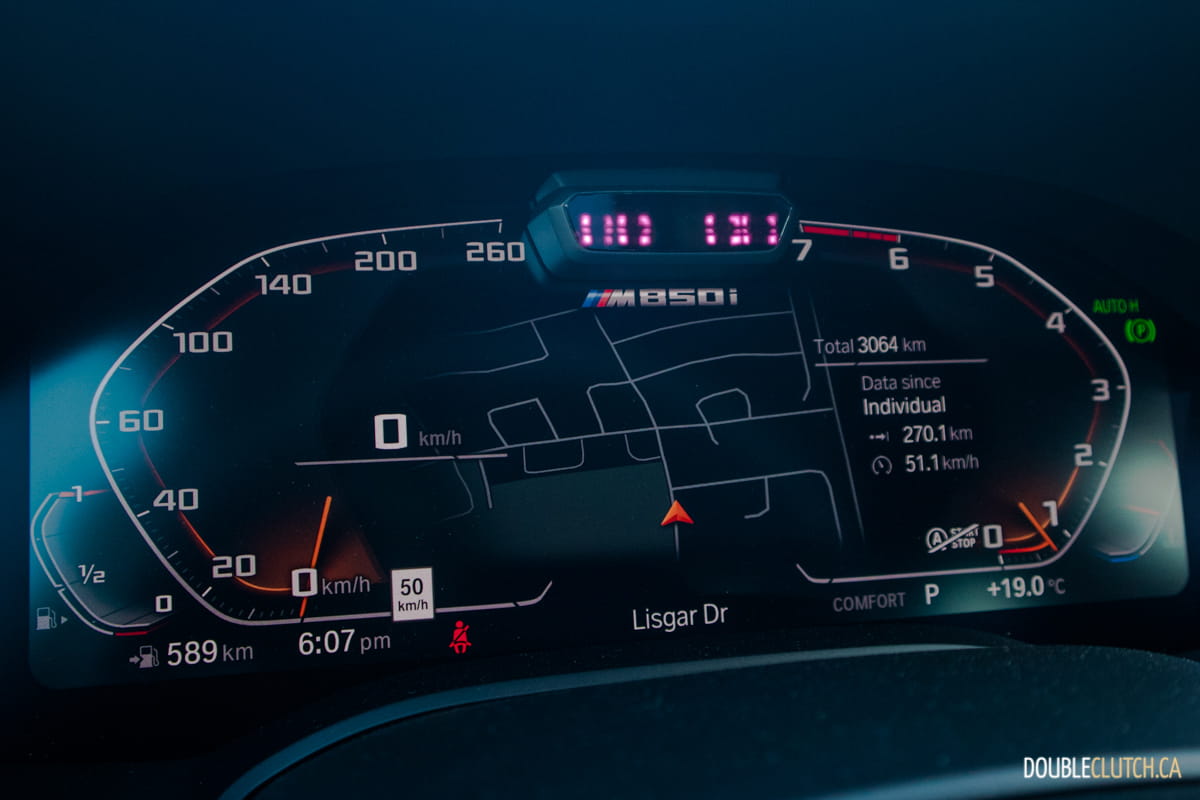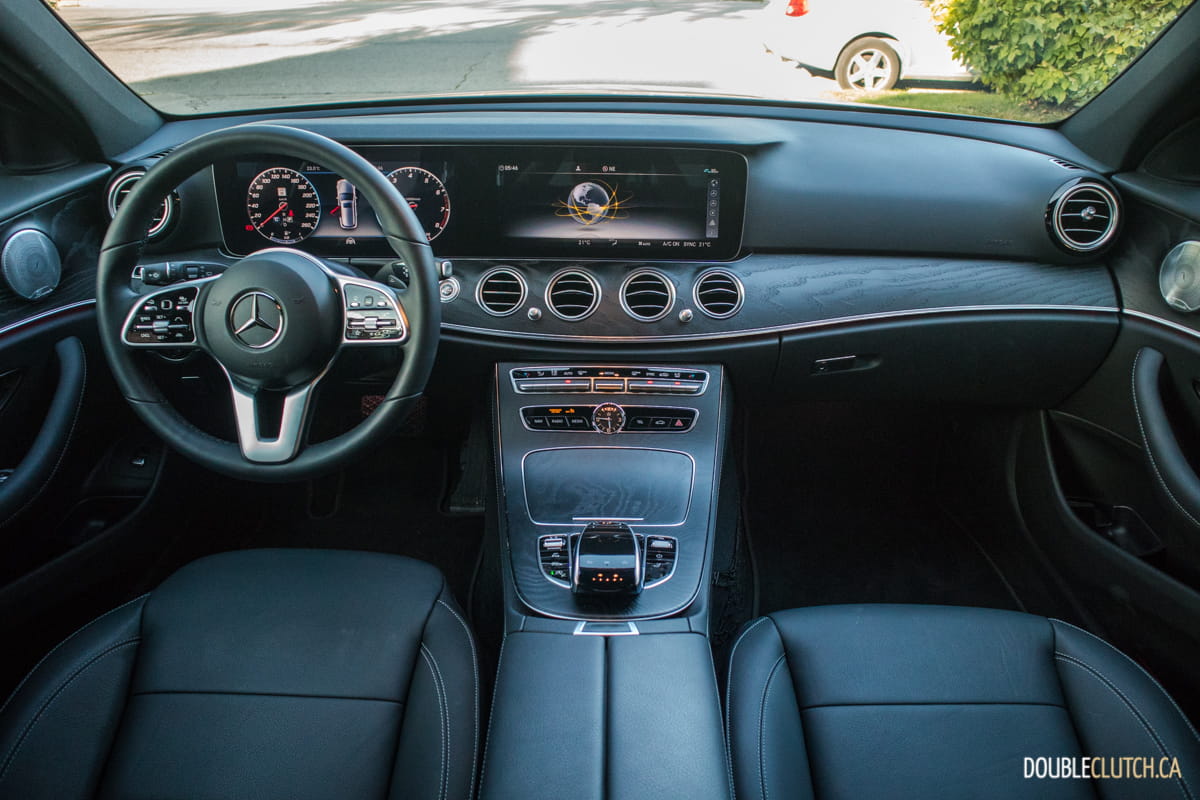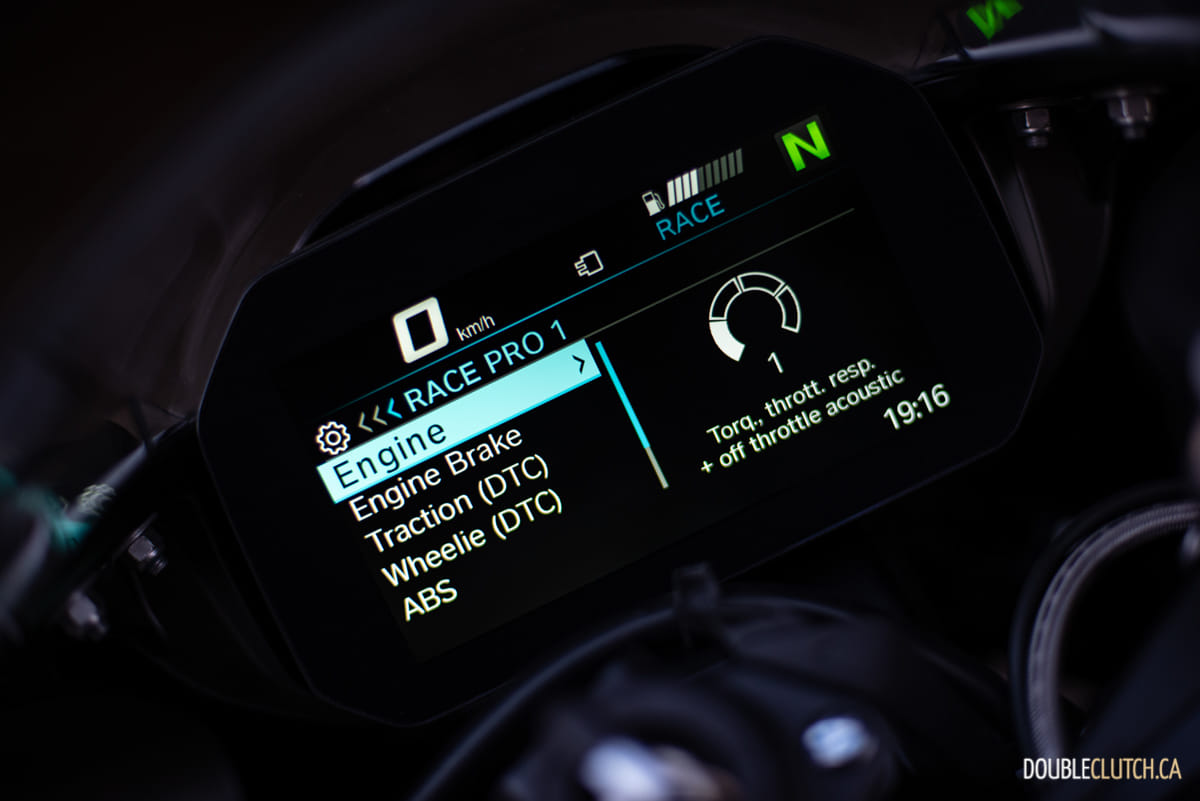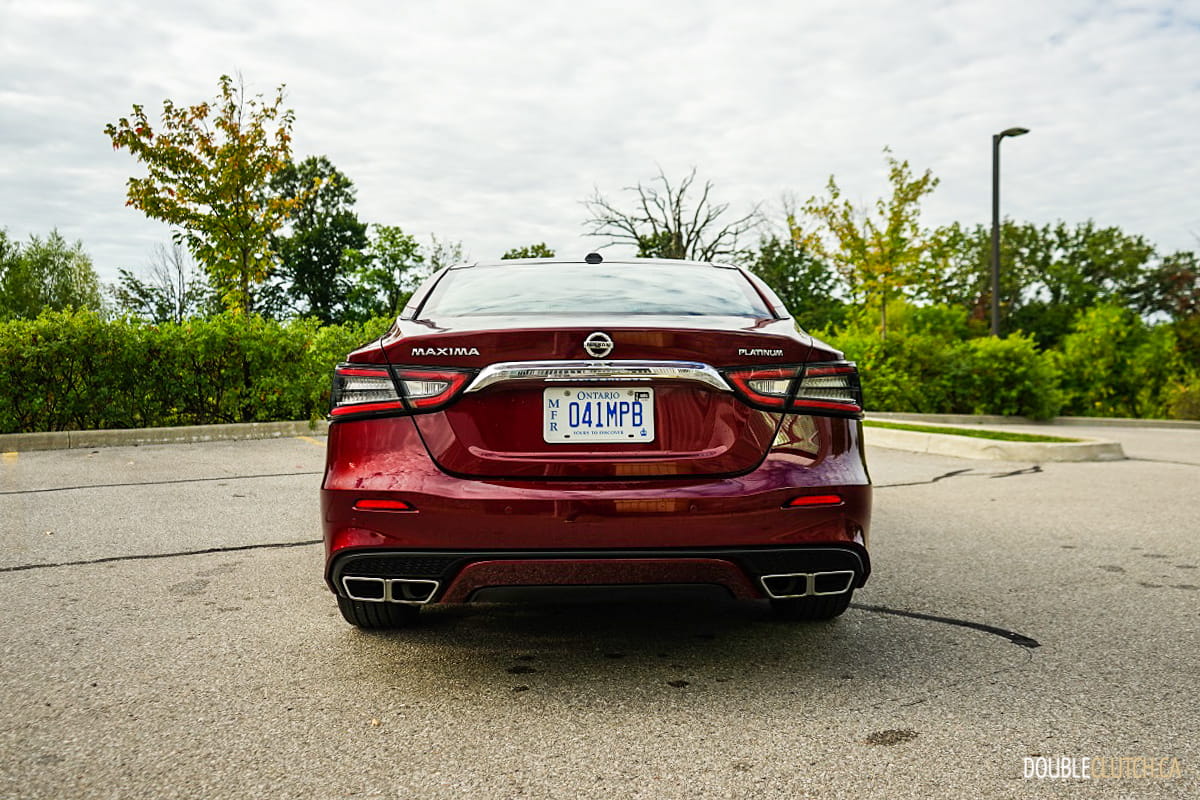Lincoln has been trying to reinvent their brand while preserving the American luxury they have been associated with. As traditional Lincoln buyers age, Ford’s luxury brand aims to target the younger buyer, those who are more focused on tech over what was previously conceived as “luxury”. The 2020 Lincoln Aviator Reserve tested here is an example of Ford’s best foot forward, and is one of the most refined models they’ve shown us in my lifetime. We borrowed one for an extended road trip into cottage country over a weekend, to put the crossover through its paces.
The styling of the Aviator is a radical departure from Lincoln’s former geriatric design language. It’s a real looker wearing the new corporate fascia and with conservative yet modern lines throughout. Based on the new Ford Explorer (reviewed here), the Aviator has a similar profile to the current Range Rover Sport (reviewed here), but Lincoln’s aggressive grille, LED lighting and sharp looking 22-inch wheel designs actually set the Aviator ahead from other European crossovers, visually speaking. Also noteworthy, the Red Carpet paint job is stunning, and is the cherry on top of the Aviator’s design.
Under the hood lives a twin-turbocharged 3.0-liter 60-degree V6 with an aluminum block. Output is 400 horsepower at 5,500RPM and 415 lb-ft. of torque at 3,000RPM. It’s mated to a 10-speed automatic transmission, and boy, it’s an eager engine. Despite the 5,100 pound weight of the Aviator, the motor pulls with eagerness and confidence, moreso than the Nautilus (reviewed here) and smaller Corsair. It’s not a freight train like the plug-in hybrid with its 630 lb-ft. rating, but by no means will this Aviator feel slow.
The Aviator is very pleasant to drive, but one area of weakness is the observed fuel efficiency. It’s officially rated at 13.7L/100km city and 9.7L/100km highway. We did almost exclusively highway in optimal weather conditions, but couldn’t get anywhere close to the highway rating. Over about 1,000km, we averaged 11.2L/100km, which is closer to the combined rating than the highway one. One redeeming quality here is that the Aviator does only require regular 87-octane fuel, with no recommendation for premium. The 79L tank means the range during a road trip can be up to 700km if driven frugally.
The cabin of the Aviator is a luscious place to spend time. The optional 30-way Perfect Position front seats with split thigh extensions and massage are decently supportive, though the massage function is on the weak side. Materials are good throughout, and the driving position is optimal. The digital gauge cluster is easily legible even in direct sunlight, and most controls are easy to find. The one drawback to the interior is the generous use of piano black plastic, which looks great when clean, but is extremely prone to dust and fingerprints. Additionally, the gear selection buttons are unnecessary and confusing – the rotary dial used in many Ford products would work very well here.
Infotainment in the 2020 Lincoln Aviator Reserve is controlled through the Lincoln-skinned version of Ford’s SYNC touchscreen system. It’s functional and supports Apple CarPlay and Android Auto connectivity, and the nifty enclosed storage cubby with USB ports to stash your phone is great to have. The issue with SYNC is that the fonts look dated and cartoon-like, almost geriatric in nature. Rivals from Europe, as well as General Motors, are using finer, more premium fonts. The touchscreen is easy to use, but the buttons on the steering wheel are confusing to use and are missing some standard functions (answer/end call, for example).
Lincoln’s Co-Pilot360 active driving assist suite is one of the better examples currently available. It includes adaptive cruise control that functions in stop and go settings, Active Park Assist Plus, Evasive Steering Assist, Lance Centering, Traffic Sign Recognition, Reverse Brake Assist, and more. Even on long winding country roads, we observed the Aviator able to hold the road with no issue. Should you take your hands off the wheel, it will immediately alert you to put them back, however we experienced many false positives. There were numerous times when my hands were very obviously placed at the nine and three positions on the steering wheel, but the vehicle would not detect this and set off the alert.
Pricing starts at $75,500 for the Aviator, and our tester was equipped with $9,585 worth of options bringing the sticker to $85,085. At this price point the three-row Aviator competes with the likes of the Audi Q7, BMW X5, and Mercedes-Benz GLE (reviewed here). It’s not cheap by any means, but the Aviator’s ride quality is just about the best in class, going up against the Range Rover Sport and on the firm but sorted side, the X5. Those looking for a true road trip warrior would be doing themselves a disservice to not consider the 2020 Lincoln Aviator Reserve, and for an improvement in economy, the less-thirsty Grand Touring model.






